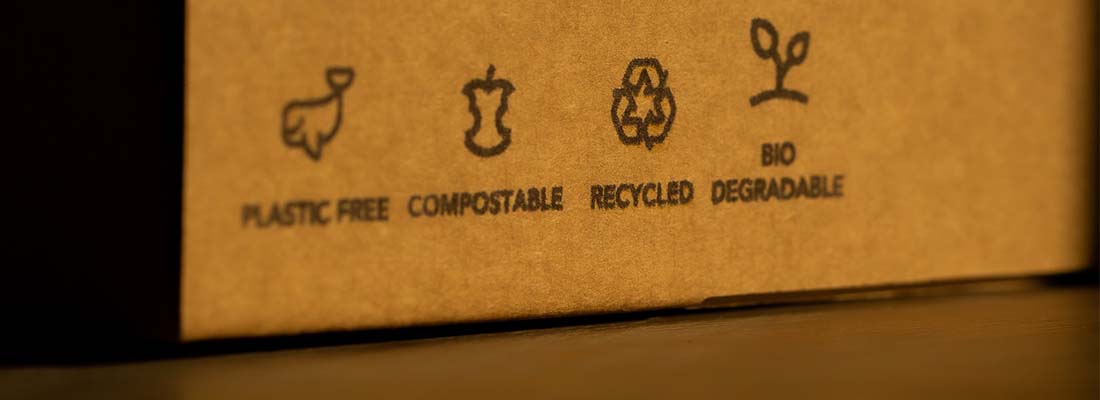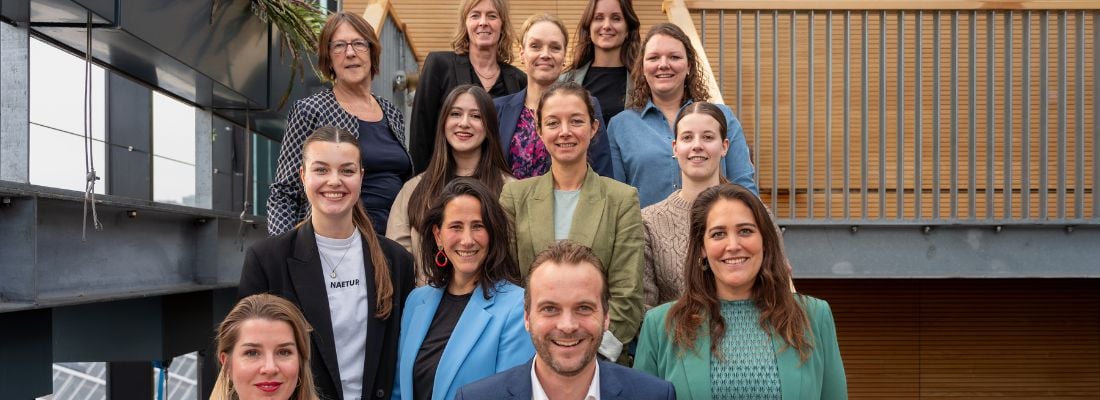How can sustainable packaging reduce waste in cleaning?
In a world where sustainability is a global concern, the excessive use of packaging and the subsequent levels of packaging waste it generates presents a key problem. There is an increasing pressure on manufacturers to package their products in sustainable packaging and there are plenty of companies producing this sustainable packaging, in response to increased demand.
When a product is presented as being sustainably packaged, it must meet certain criteria in-order-to make this claim. There are recognized ways to ensure so called sustainable packaging meets strict environmental standards. One of these checks on packaging that is used worldwide is Cradle to Cradle certification.
Cradle to Cradle packaging
Cradle to Cradle is a rigorous auditing process undertaken across five critical performance categories. The certification puts checks in place to ensure packaging standards are met within five areas. The Cradle to Cradle areas are:
- health of materials,
- reuse of materials,
- renewable energy and carbon management,
- water stewardship
- and social fairness.
Depending on the sustainable credentials of the product according to the Cradle to Cradle assessment, it is assigned an achievement level of Basic, Bronze, Silver, Gold and Platinum for each of the five performance categories. This rigorous check on the standard of packaging provides a way to instantly know that it is sustainable.
William McDonough and Dr. Michael Braungart first introduced Cradle to Cradle as a circular design philosophy in the 1990s, when environmental concerns were coming to the fore. Since then, it has been taken up around the world as an industry standard for environmental and sustainable packaging certification.
This certification can help to show that companies have green credentials to their clients. Companies that use the Cradle to Cradle certification can advertise this to their customers on their products or elsewhere. If they’ve achieved a level of silver, gold or platinum certification this can prove to customers that they are dedicated to using the highest level of sustainable packaging.
Sustainable packaging that reduces carbon footprint
Cradle to Cradle certification of sustainable packaging is just one way to prove green credentials. Another way to prove that companies are taking into account environmental concerns when they package and ship goods is to work on ways to reduce their carbon footprint.
In a world where the number of delivered packages is higher than it has ever been, one of the main drives behind sustainable packaging is to reduce carbon footprint. In part due to the pandemic and its restrictions on visiting shops, people are increasingly ordering items to be delivered directly to their homes which means increased amounts of packaging.
We all see countless delivery vans pull up in our street. When we see several items arrive at different times of the day, we wonder is this efficient and can it be good for the environment? We also wonder what effect this is having on the carbon footprint of the companies involved in sending these goods. This is a concern that is going to need to be addressed if we continue to order deliveries in current volumes.
One way for companies to reduce the carbon footprint is to choose the packaging material of a product carefully. To understand the true carbon footprint of packaging, it is important to apply a science-based approach. This can be done by quantifying the entire direct and indirect carbon impact of the value chain from end-to-end.
Reducing carbon footprint versus recycling materials
Unfortunately, the lowest-carbon content material does not always have the highest recycling potential or the potential to use recycled materials. This then necessitates a decision on which aspects of packaging sustainability get prioritized.
When looking at the example of bottles, when you prioritize carbon impact, plastic bottles appear more favourable even though other materials like glass and aluminium are more recyclable. This is because aluminium cans and glass bottles have two to six times more direct and indirect carbon footprint when compared with polyethylene terephthalate plastic bottles.
This is largely the result of the more carbon-intensive production processes and transportation of materials such as glass and aluminium, which are difficult to offset even with the higher overall recycling rates of glass and aluminium bottles and packaging. Therefore, plastic bottles may be the more sustainable choice.
However, there are scenarios where certain items made of one material clearly have a lower environmental impact when compared with another. In terms of direct and indirect carbon footprint, a single-use paper cup has a significantly lower carbon footprint compared with a single-use plastic cup, due to the overall low carbon emissions of producing a paper cup. So, there are clear environmental benefits to choosing the lower carbon footprint option.
Interclean Amsterdam 2022
Sustainable packaging will continue to be a global concern and there are innovative companies coming up with environmentally friendly packaging solutions worldwide. To find out more about sustainable packaging and its benefits why not visit Interclean, the world’s leading platform for cleaning and hygiene professionals.
Focussed on innovation and the environment, Interclean is dedicated to ‘Everything a Cleaner World Needs’ and will showcase several sustainable packaging solutions at the show in Amsterdam in May 2022. To find out more: www.intercleanshow.com/amsterdam/.
Share your stories with us!
Do you have an innovation or interesting news you would like to share with the professional cleaning and hygiene industry? The Interclean website and social media channels are a great platform to showcase your stories!
Please contact our press department interclean@rai.nl.
Are you an Interclean exhibitor?
Make sure you add your latest press releases to your Company Profile in the Exhibitor Portal for free exposure.
Receive the best newsletter on cleaning & hygiene - straight to your inbox!
We promise never to send you spam and you can unsubscribe at any time!








